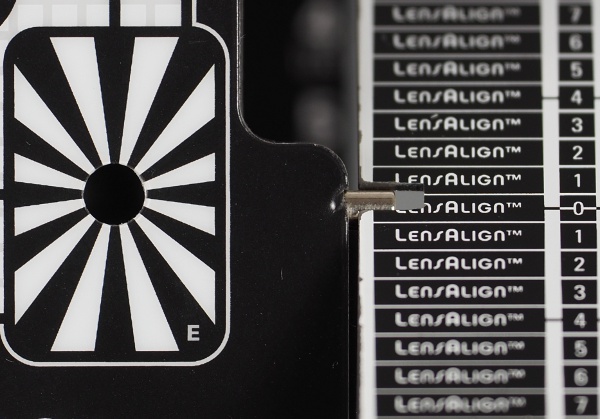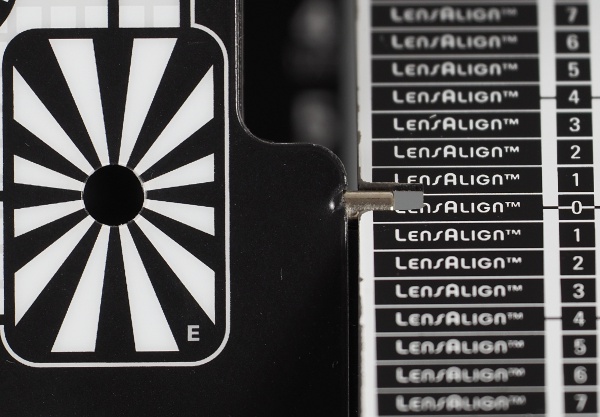Panasonic Leica DG Elmarit 200 mm f/2.8 POWER O.I.S.
10. Autofocus
When you use the Panasonic G9 with the tested lens the focusing mechanism remains as noiseless and quick as previously. Running through the whole range and finding the focus takes 0.42 of a second; that value can be shortened to 0.21 of a second if you employ the focus limiter and the 3 meters to infinity range. These are very good results.
Videos below show an example of efficient focusing, both without using the focus limiter and after employing it.
Please Support UsIf you enjoy our reviews and articles, and you want us to continue our work please, support our website by donating through PayPal. The funds are going to be used for paying our editorial team, renting servers, and equipping our testing studio; only that way we will be able to continue providing you interesting content for free. |
- - - - - - - - - - - - - - - - - - - - - - - - - - - - - - - - - - - - - - - - - - - - - - - -
Once again slight focus hunting is here a problem. Below we show example videos featuring first failed attempts and alterations made by the lens. Still we have to add that such situations happen less often when the lens is attached to the Panasonic body and more often when it cooperates with the Olympus E-M5 II.
To sum up, in this class of equipment such focusing mechanism problems shouldn’t have happened. When you attach the tested lens to the Panasonic G6 the slip-ups can be called sporadic and the whole set improves quickly but in the case of the Olympus E-M5 II the situation is worse; in some (fortunately rare) cases the camera takes a completely defocused photo. The lighting conditions can’t be blamed for it either – we dealt with such situations even with the object lit perfectly well while shooting on a bright, sunny day.
Returning to the accuracy of the mechanism, we checked it while the lens was attached to the G9, using both 5500 K light and incandescent light. In the first case 50% of shots were spot-on (with less than 3% deviation from the best photo) 15% had a deviation ranging from 3 to 6% and the deviation of next 15% of shots was included in the 6-9% range. Higher deviation percentage was featured in 20% of all cases. The situation was better for the incandescent light. Over 62% of photos were spot-on and next 30% of shots fitted the 3-6% range. Only less than 8% of photos had the deviation from the ideal higher than 6%.
When it comes to front or back focus tendencies we found no problems whatsoever. The lens was perfectly accurate, always hitting where it should.
| Olympus E-M5 II, 200 mm, f/2.8 |
 |
| Olympus E-M5 II, 280 mm (TC), f/4.0 |
 |






